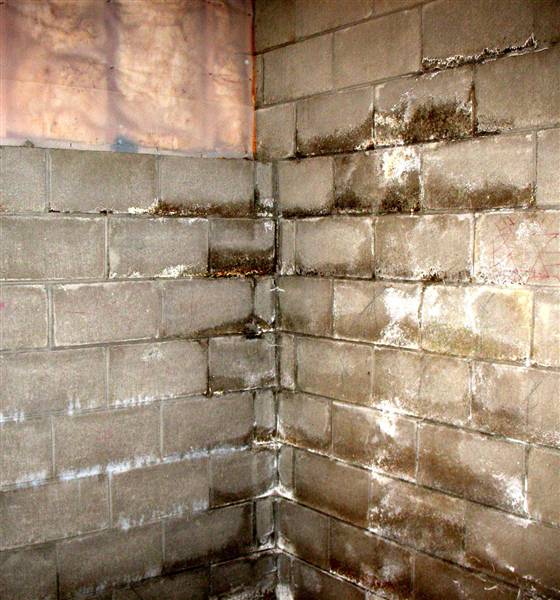Wet Basement? What is the Cause and Best Solution?
Wet Basement? What is the Cause and Best Solution? Ever wonder what causes a wet basement or what the best solution is? Having a wet basement and trying to figure out the best solution can be quite stressful to a homeowner. First of all, lets discuss what causes a wet basement. To put it simply, […]
Wet Basement? What is the Cause and Best Solution? Read More »


